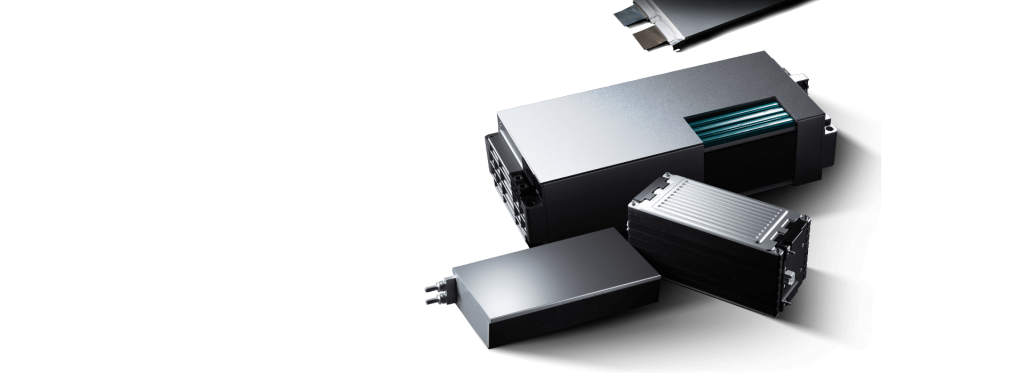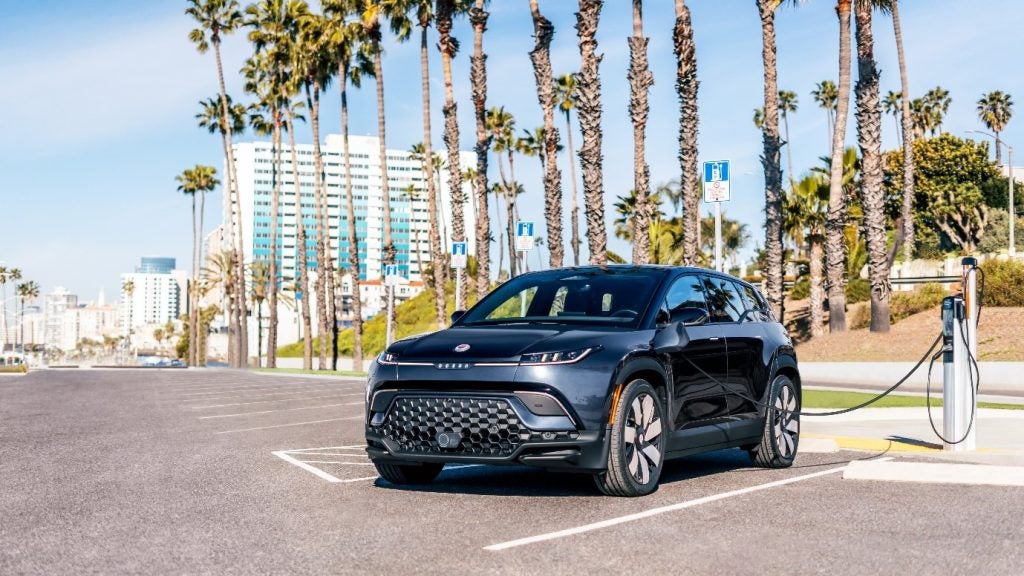Daimler's Mercedes-Benz S-Class will this autumn move further towards autonomous driving.
Active Distance Assist Distronic and Active Steering Assist now support the driver even more conveniently in keeping a safe distance and steering and the vehicle speed is now also automatically adjusted in bends and at road junctions. Also on board are Active Emergency Stop Assist and a considerably improved Active Lane Change Assist.
"The new S-Class raises Mercedes-Benz Intelligent Drive to the next level," said Michael Hafner, head of automated driving and active safety. "We are approaching the goal of automated driving more purposefully and faster than many people suspect. From the autumn, the new S-Class will be able to support its driver considerably better than all systems which have been available to date."
The scope of automated driving functions has been expanded in line with practical needs and now provides further enhanced, tangible customer benefits on virtually all types of road.
Thanks to enhanced camera and radar systems, the new S-Class has an even better view of the traffic situation: in addition, for the first time it makes use of map and navigation data to calculate driving behaviour.
The driver is also able to see at a glance which assistance functions have been selected, and to which situations the systems are reacting at present. Clearly understood icons – such as a steering wheel with hands on both sides – give information both on the screen and in the head-up display. All functions are now controlled from the steering wheel.
How well do you really know your competitors?
Access the most comprehensive Company Profiles on the market, powered by GlobalData. Save hours of research. Gain competitive edge.

Thank you!
Your download email will arrive shortly
Not ready to buy yet? Download a free sample
We are confident about the unique quality of our Company Profiles. However, we want you to make the most beneficial decision for your business, so we offer a free sample that you can download by submitting the below form
By GlobalDataHafner added: "We have always programmed the software for the assistance functions in-house. This means that we are able to implement new ideas very quickly."
The speed preset in Distronic is predictively reduced according to the route ahead of bends, junctions, roundabouts or toll booths, then increased back up. If the route has been selected using the navigation system, the car also responds accordingly: if the car is in the slow lane, it is decelerated when approaching the desired motorway exit. The same applies to junctions where the navigation route prescribes a turn-off or ahead of which the driver activates the turn indicator.
The reduction in speed is in varying degrees, depending on the selected transmission mode. In Eco mode, the cornering speed is configured to harmonise with Steering Assist. This means that automated driving for longer periods is also a reality on country roads. On highways and motorways, the system controls the distance from the vehicle ahead within a speed range from 0 to 210km/h, and keeps the car on track.
Coasting characteristics, such as on downhill slopes, can now also be taken into account. In the interests of smooth and efficient driving, the speed is reduced in good time. If the vehicle is equipped with a drive system suitable for gliding (coasting with the engine off), this mode is automatically activated when the Eco transmission mode is active.
When the driver wishes to change lanes on multi-lane roads (recognised by the navigation system) at speeds from 80 to 180km/h, it is now sufficient to nudge the indicator stalk. Within the next 10 seconds, the sensor system checks together with the driver whether the next lane is clear in front of, alongside and behind the vehicle, also taking into account the speed of any other vehicles. When there is no other vehicle within the relevant safety zone, the driver is supported in changing lane. The initiated lane change is indicated in the instrument cluster and on the head-up display.
Active Speed Limit Assist – an engageable subfunction of Traffic Sign Assist – is also able to recognise sign gantries and road works signs. Known limits, such as 50 km/h in built-up areas or 100 km/h on country roads, are also adopted from the navigation system. Cruise control adapts the vehicle's speed to the recognised speed limits automatically. In certain cases, the speed can be adapted in anticipatory mode on the basis of map data. On roads without speed limits, such as stretches on German motorways, the recommended speed – in this case 130 km/h – is adopted as the set speed. This speed can be adjusted by the driver. The desired maximum speed is always adopted in the course of the journey when the speed limit is lifted. It remains preset until the vehicle leaves the motorway or until the engine is switched off.
In stop-and-go traffic on motorways and similar roads, stops of up to 30 seconds are now possible, within which the car automatically moves off and follows the traffic ahead.
Active Emergency Stop Assist brakes the vehicle to a standstill in its lane if it detects that the driver is no longer actively driving the vehicle while it is on the move with Active Steering Assist switched on. If there is no steering wheel movement over a predefined period, the system gives the driver a visual and audible prompt to place his/her hands on the wheel. If the driver fails to respond after repeated visual and audible prompts by moving the steering wheel, accelerating, braking or pressing the touch control cutton on the steering wheel, the car will be slowed down in the identified lane until it comes to a standstill. At speeds below approx. 60 km/h the following traffic is warned by means of hazard warning lamps. When the vehicle comes to a standstill, the parking brake is engaged automatically and the Mercedes-Benz emergency call system is activated. The vehicle is also unlocked, to allow first aiders access to the interior. The functions are aborted as soon as the driver takes control of the vehicle again.
Active Brake Assist with cross-traffic function is able to help the driver avoid impending collisions with vehicles ahead, stationary or crossing vehicles and with people if the driver fails to take any action to defuse the dangerous situation. This assistance takes the form of a distance warning from a warning lamp in the instrument cluster, if the distance from a vehicle in front is inadequate; an additional audible warning when a danger of collision is identified; autonomous emergency braking to avoid a collision with moving stationary or crossing vehicles ahead; autonomous emergency braking for pedestrians; and situation-related braking assistance as soon as the driver applies the brakes.
Evasive Steering Assist can support the driver in taking evasive action when pedestrians are detected in the danger zone in front of the vehicle and the driver initiates such action. The system then applies additional steering torque in the direction in which the driver is performing an evasive manoeuvre. This helps the driver to evade the pedestrian in a controlled manner and to stabilise the vehicle on its evasive course.
Active Lane Keeping Assist is able to warn the driver by means of pulsed vibrations on the steering wheel when the vehicle is unintentionally drifting out of its lane at speeds between 60 and 200km/h. If the vehicle passes over a continuous line, it can pull the vehicle back into lane by applying the brakes on one side. In the case of a broken line, such intervention takes place only when there is a danger of collision with a vehicle in the next lane (including danger from oncoming traffic).
Active Blind Spot Assist, in the speed range from 10 to 200km/h, is able to provide the driver with a visual alert, plus an audible alarm when a turn indicator is actuated, to warn of a danger of side collisions with other vehicles, including bicycles. At speeds above 30km/h, automatic braking on one side of the vehicle can additionally be applied to help avoid a side collision at the last moment.
Image recognition and information from the digital road map in the navigation system allow the permitted maximum speed and any restrictions on overtaking for the current route section and zebra crossings to be computed and shown in the instrument cluster. Additional restrictions such as speed limits in wet conditions (warning when the windscreen wipers are switched on) or speed limits for trucks only are also taken into account or ignored as appropriate in the individual case concerned. The road speed is compared with the maximum permissible speed. If set to do so by the driver, a visual/visual-acoustic warning is given if the speed limit is exceeded. No-entry signs are also recognised and the driver is prompted to check the vehicle's direction of travel. A warning additionally appears in the instrument cluster and on the head-up display when persons are detected in the area of zebra crossings.
Information concerning hazardous situations which a vehicle on the road has detected is made available to all other Car-to-X users to give drivers an early warning. As with Live Traffic Information, reports transmitted by Car-to-X are shown on the COMAND Online map display. Depending on the situation, a warning by voice output can be given when approaching a hazard.
Active Parking Assist with Parking Assist supports the driver in searching for a parking space and when entering or leaving parallel or end-on parking spaces. In the case of end-on parking spaces it is active in both forward and reverse direction. It manoeuvres the vehicle automatically into the selected parking space. In conjunction with Blind Spot Assist, Rear Cross Traffic Alert can warn the driver of cross traffic when reversing out of end-on parking spaces and can also initiate automatic braking if necessary. In the case of Active Parking Assist with 360° camera, all-round vision is made possible by the reversing camera and three additional cameras. The information is presented clearly in full HD in a choice of different views on the central display.
Remote Parking Assist enables the driver to manoeuvre the vehicle into tight parking spaces or garages by smartphone, so as to facilitate entering and alighting from the vehicle. The vehicle can be manoeuvred into parallel and end-on parking spaces in both forward and reverse direction. Manoeuvring out of end-on parking spaces is also possible, e.g. if the driver returns to their vehicle to find that it has been blocked in. In Explore mode the vehicle can be manoeuvred straight forward or in reverse by up to fifteen metres, avoiding detected obstacles. In narrow passageways, following confirmation by the driver the vehicle is able to fold in the exterior mirrors so that it can approach the detected obstacle more closely (e.g. narrow garage entrance).







